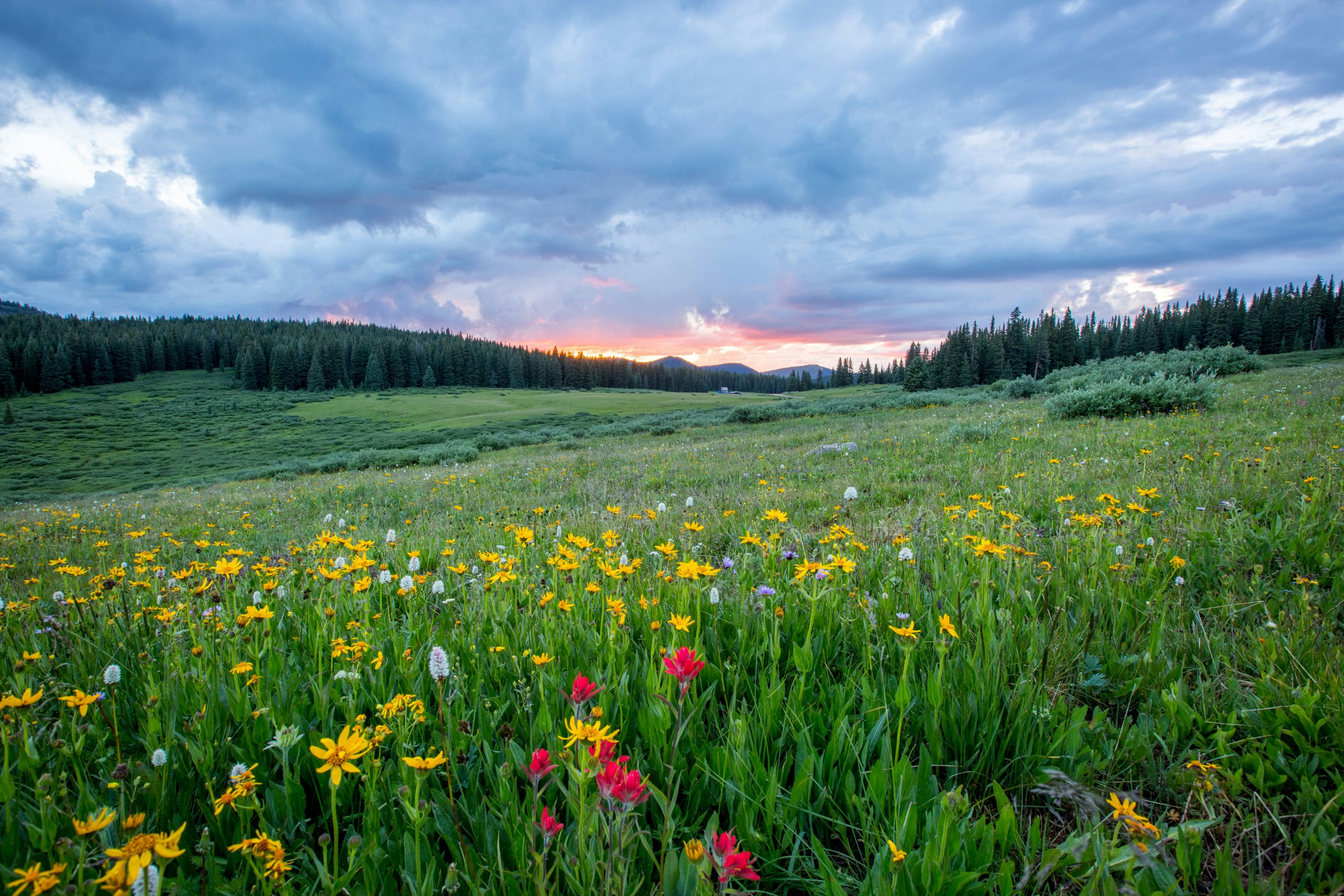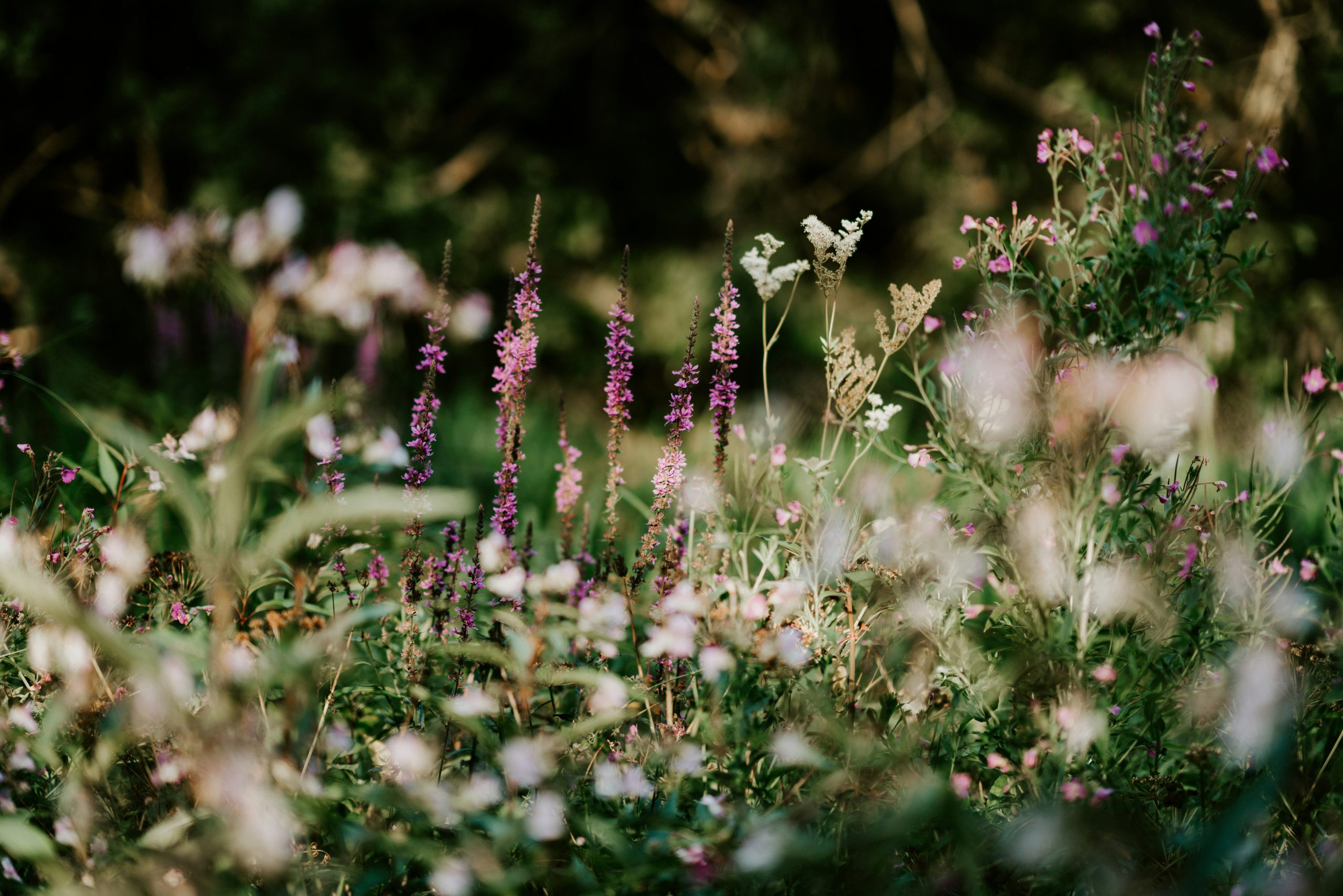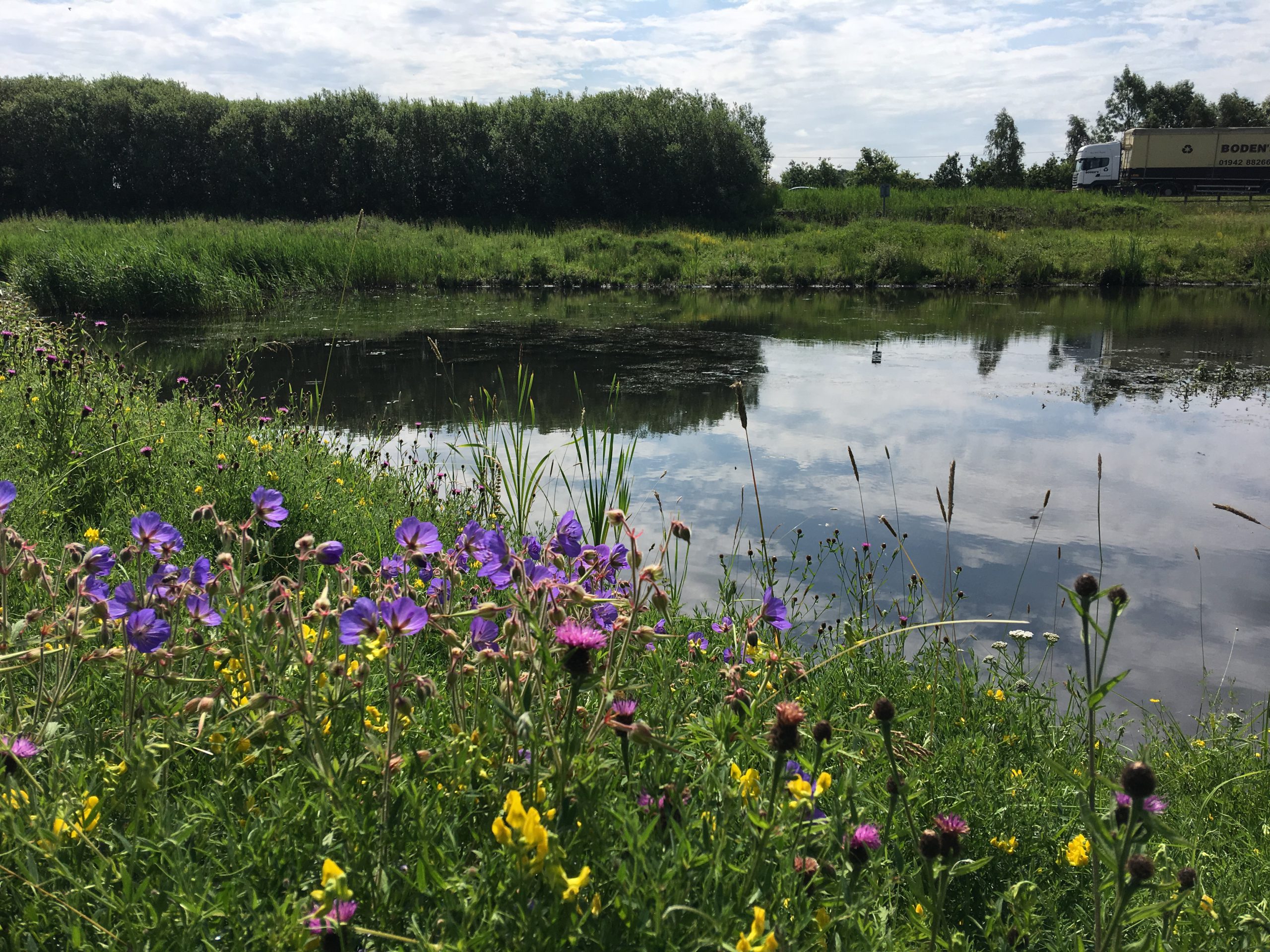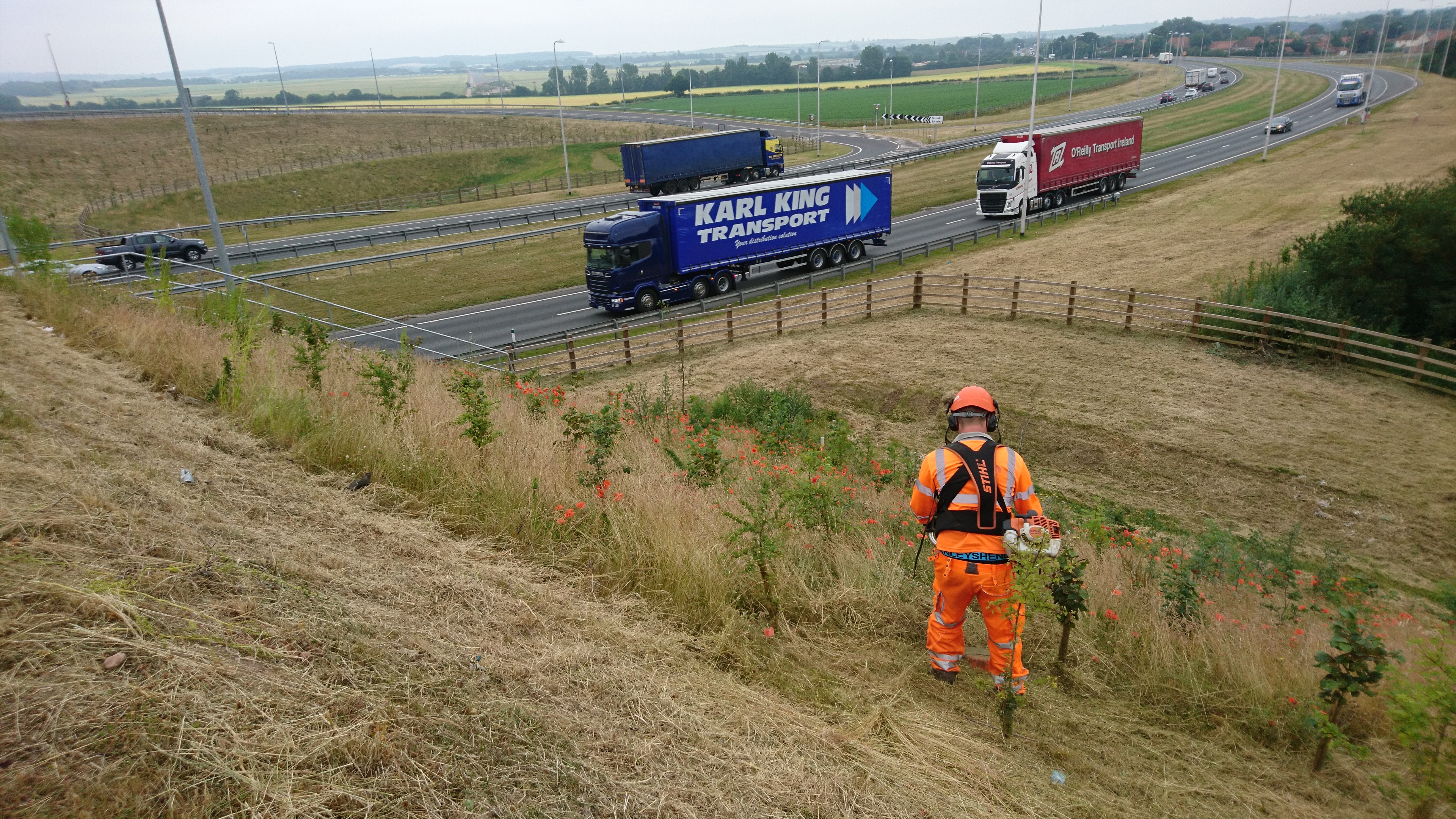Let's discuss how to plant wildflower seeds...
Planting wildflower seeds is a wonderful way to add beauty to your garden while supporting local wildlife and promoting biodiversity. Wildflowers are not only visually appealing but also attract pollinators such as bees, butterflies, and birds. Here’s a comprehensive guide to help you successfully plant wildflower seeds and create a thriving, natural garden.

Choose the Right Time to Plant
The best time to plant wildflower seeds depends on your local climate:
- In colder climates: Plant seeds in early spring after the last frost or in late fall before the first frost.
- In warmer climates: Plant seeds in late fall or early winter to take advantage of the cooler, wetter season.
2. Select the Right Location
Wildflowers thrive in areas that receive plenty of sunlight. Aim for a location that gets at least 6-8 hours of direct sunlight each day. Ensure the soil is well-drained to prevent waterlogging, which can hinder seed germination.

3. Prepare the Soil
Proper soil preparation is crucial for the successful germination and growth of wildflower seeds. Follow these steps to prepare your planting site:
- Clear the Area: Remove any existing vegetation, weeds, and debris from the planting area. This can be done by hand or with the help of a garden tiller.
- Loosen the Soil: Loosen the top 1-2 inches of soil. This will create a good seedbed for the wildflower seeds to establish.
- Amend the Soil (if necessary): If your soil is poor or lacks nutrients, consider adding organic matter such as compost to improve soil fertility and texture.
4. Choose Your Wildflower Seeds
Select a mix of wildflower seeds suited to your region’s climate and soil type. Native wildflower species are often the best choice as they are adapted to local conditions and support native wildlife.

5. Sow the Seeds
Now that your soil is prepared and you have your seeds, it’s time to plant:
- Mix Seeds with Sand: To ensure even distribution, mix the wildflower seeds with sand. This will help you see where you’ve sown the seeds and prevent overcrowding.
- Scatter the Seeds: Evenly scatter the seed mixture over the prepared soil. Aim for a natural, random distribution rather than planting in rows.
- Press the Seeds: Lightly press the seeds into the soil using a rake or by walking over the area. Ensure good seed-to-soil contact without burying the seeds too deep. Wildflower seeds generally need light to germinate, so they should remain near the soil surface.
6. Maintenance
Wildflowers are generally low maintenance, but a few steps can help ensure a thriving garden:
- Weed Control: Monitor the area for weeds and remove them by hand to reduce competition for resources.
- Watering: During dry spells, provide additional watering to support young plants. Once established, many wildflowers are drought tolerant.
7. Consult the experts

At ATM, our award-winning seeding projects include highway verges, ponds and embankments. We also have hydro-seeding capability which enables us to reach difficult, steep and inaccessible sites, as well as bespoke solutions for extreme gradients, living walls and other harsh environments.
Get in touch today to discuss your next project.
 info@atm-ltd.co.uk
info@atm-ltd.co.uk





















